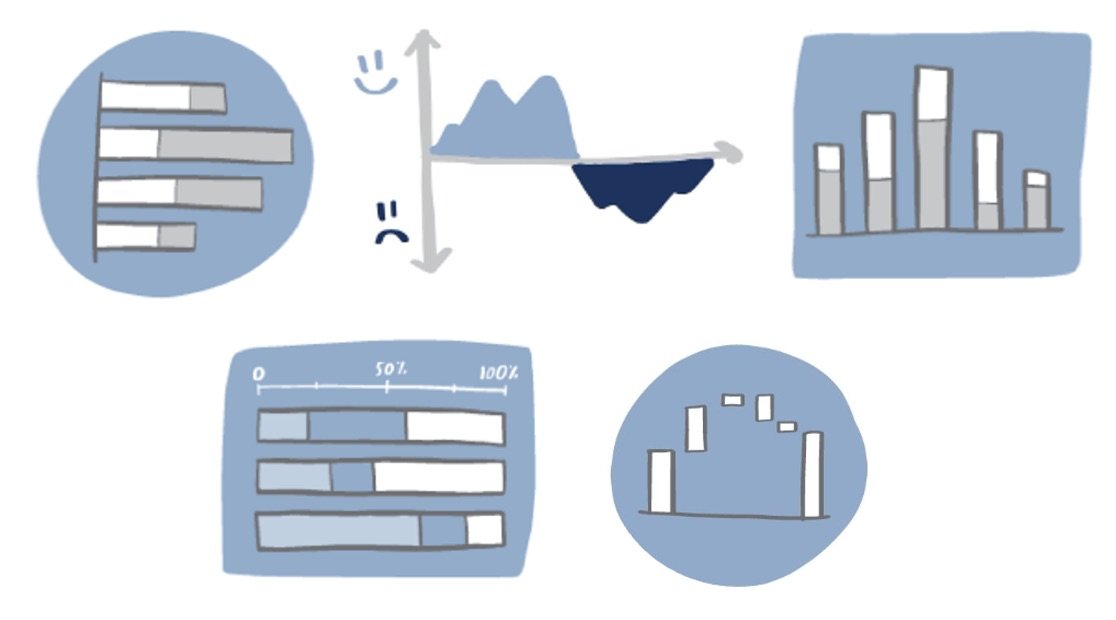recapping radials
Over fifty readers submitted their radial charts with topics ranging from music to exercise to climate change and much, much more! Participants were largely united in their evaluation of this challenge: finding a dataset that lends itself to a circular view is hard! Click the full post for all examples submitted and more discussion on data visualization vs data art and the feedback process to determine your visual is working as you intended.

